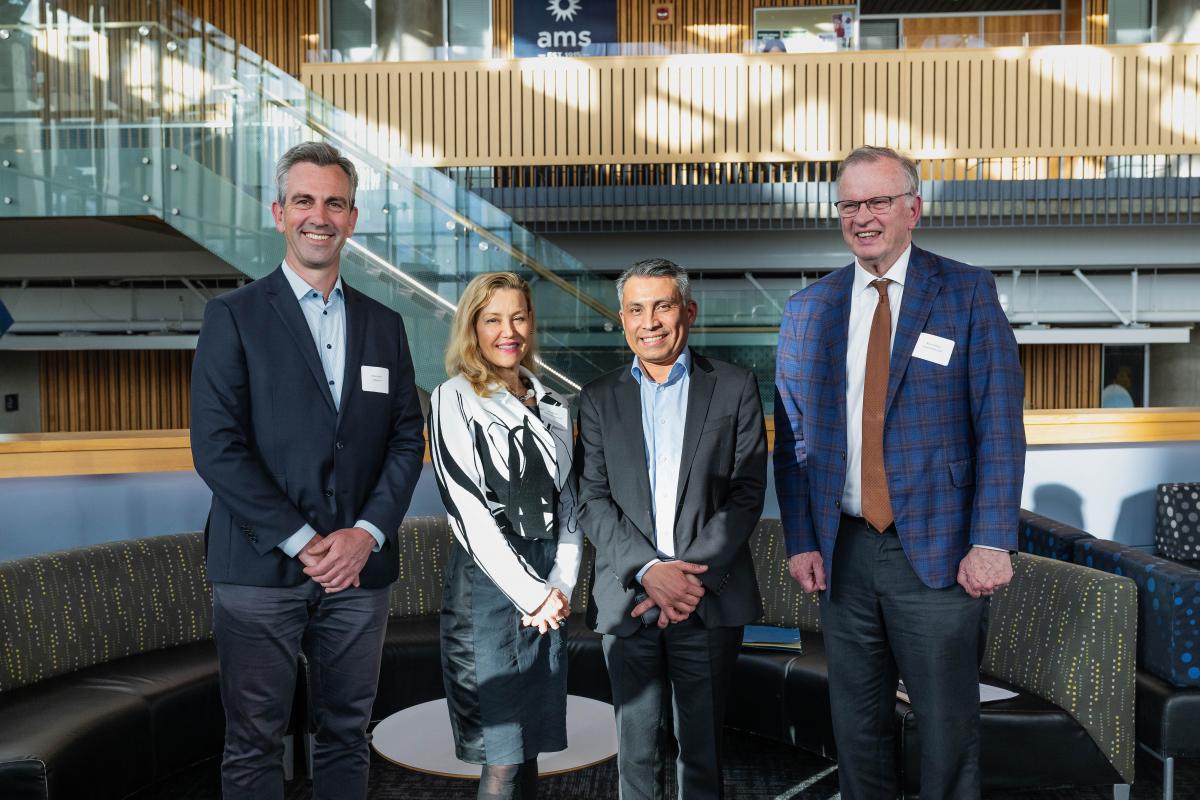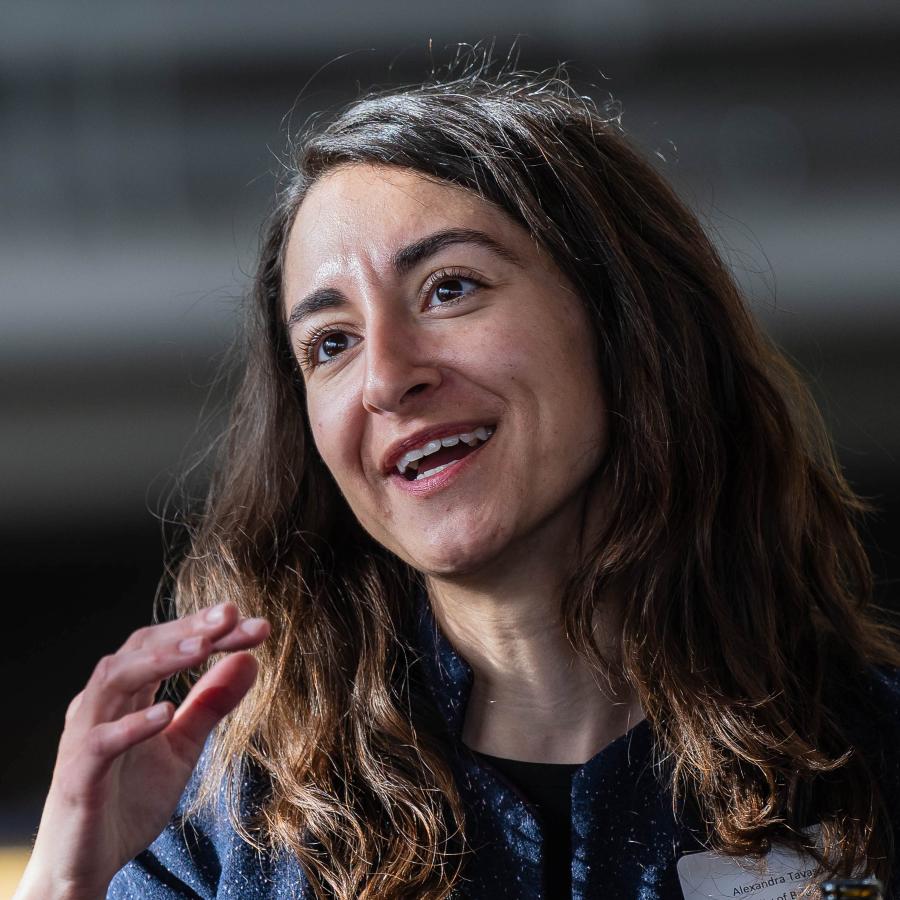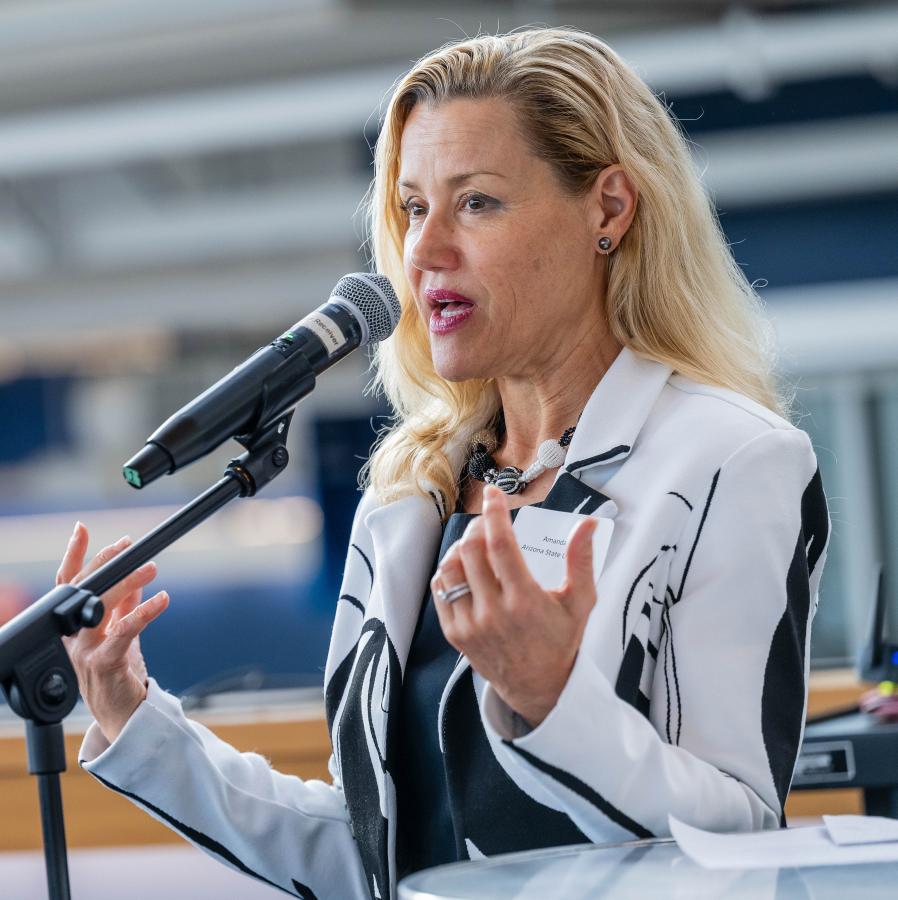Have you come across the term “New Carbon Economy”? It’s a concept we should all become familiar with, according to Dr. Walter Mérida, Associate Dean of Research and Industrial Partnerships at UBC’s Faculty of Applied Science. Why? Because it holds the key to a sustainable future, and UBC researchers are actively collaborating with global partners to accelerate this transition.
The potential for global disruption due to climate change is one of the defining challenges of our time. Beyond urgent solutions to minimize environmental impact and ensure energy security, we must also consider the significant opportunities for clean growth in a low-carbon economy.—Dr. Walter Mérida
The New Carbon Economy is a thriving economy that not only reduces carbon emissions, but also captures and stores more carbon than it releases. Our current world heavily relies on carbon-intensive practices, such as burning fossil fuels to power cities, factories, cars and planes. This has led to an increasingly destructive climate crisis, as recognized by the global scientific community. Dr. Mérida emphasizes that accelerating the New Carbon Economy is essential—a crucial step toward achieving a zero-carbon or carbon-neutral reality.
To that end, UBC hosted the 2024 New Carbon Economy Consortium (NCEC) annual meeting in late April. UBC is a member of NCEC, an alliance of universities, national labs and NGOs working in partnership with industry leaders to build a carbon-conscious world.
The Vancouver gathering brought together experts from universities, non-profits, national labs, policymakers and other innovators. Their mission? To discuss engineered, biological and social solutions, review cutting-edge research, and brainstorm ways to transform challenges into pivotal opportunities. Global collaboration greatly accelerates this transition because researchers can share data, findings and best practices.
Bruce Ralston, BC Minister of Forests, delivered the meeting’s opening remarks, emphasizing that as of April 1, British Columbia transitioned to a carbon output-based pricing system. This move aims to incentivize emission reduction within large industries and ensure businesses can remain competitive in Canada and internationally. Additionally, a new net-zero industry policy is also under development, which will require large facilities to plan for and achieve net-zero energy. Said Minister Ralston: “The carbon economy is active here in BC. There is a lot of deep thinking about it and, in some cases, practice and understanding. There are concrete actions to combat climate change and contribute to our government’s CleanBC plan.”
What the experts had to say
New Carbon Economy Q&A w Dr. Walter Mérida
What are the most daunting challenges facing the New Carbon Economy worldwide right now?
The biggest is the lack of capital to bring these technologies and practices to scale. Another challenge is speed. The world needs solutions now. We also need more widespread public understanding of the challenge the climate crisis poses and all the innovative solutions our members have to offer. We can absolutely solve the climate crisis and create a better, cleaner, greener and more equitable economy with the solutions we already have.
How can we address and overcome these issues?
Through partnership we can:
- map national and global opportunities for research, development and demonstration of key new carbon economy pathways.
- establish training programs to support research and human capital development focused specifically on the new carbon economy.
- integrate social aspects of community acceptance.
- help create pathways to market for start-ups, including investment for early stages and financing to scale.
- develop platforms and test beds to analyze carbon uptake, utilization and storage, and create templates for measurement and verification, lifecycle analyses and techno-economic comparison.
- create and support new platforms to compile, aggregate, analyze and share data.
- support centres of excellence for New Carbon Economy studies.
What would you like to see happen next?
For the New Carbon Economy Consortium: Create pathways to market for viable solutions, including investment for early stage and financing to scale, and the social dimension of community acceptance.
Any closing thoughts?
This economy shifts away from our history of extraction and degradation towards a future where new and reimagined industries can provide jobs, economic opportunity and prosperity—all while mitigating climate change and supporting other important environmental goals.
Canada is well-positioned to capitalize on future opportunities by maintaining and expanding its leadership in critical areas, including carbon pricing, critical minerals, artificial intelligence and hydrogen technologies.
What’s next?
On June 12, Applied Science celebrates the official opening of SHED—the Smart Hydrogen Energy District—on UBC’s Vancouver campus. SHED is a groundbreaking facility designed to produce hydrogen onsite using solar power, water and an electrolyzer. It doesn’t rely on fossil fuels or imported hydrogen, making it truly “green” and renewable.
Read about the UBC Faculty of Applied Science.
Read about the city-scale Smart Energy Hydrogen District (SHED) on the UBC Vancouver campus.
Dr. Walter Mérida, Associate Dean of Research and Industrial Partnerships, delivers opening remarks at the 2024 New Carbon Economy Consortium annual general meeting, which was held at the University of British Columbia Vancouver campus on April 30, 2024 (video: UBC Applied Science/YouTube)



